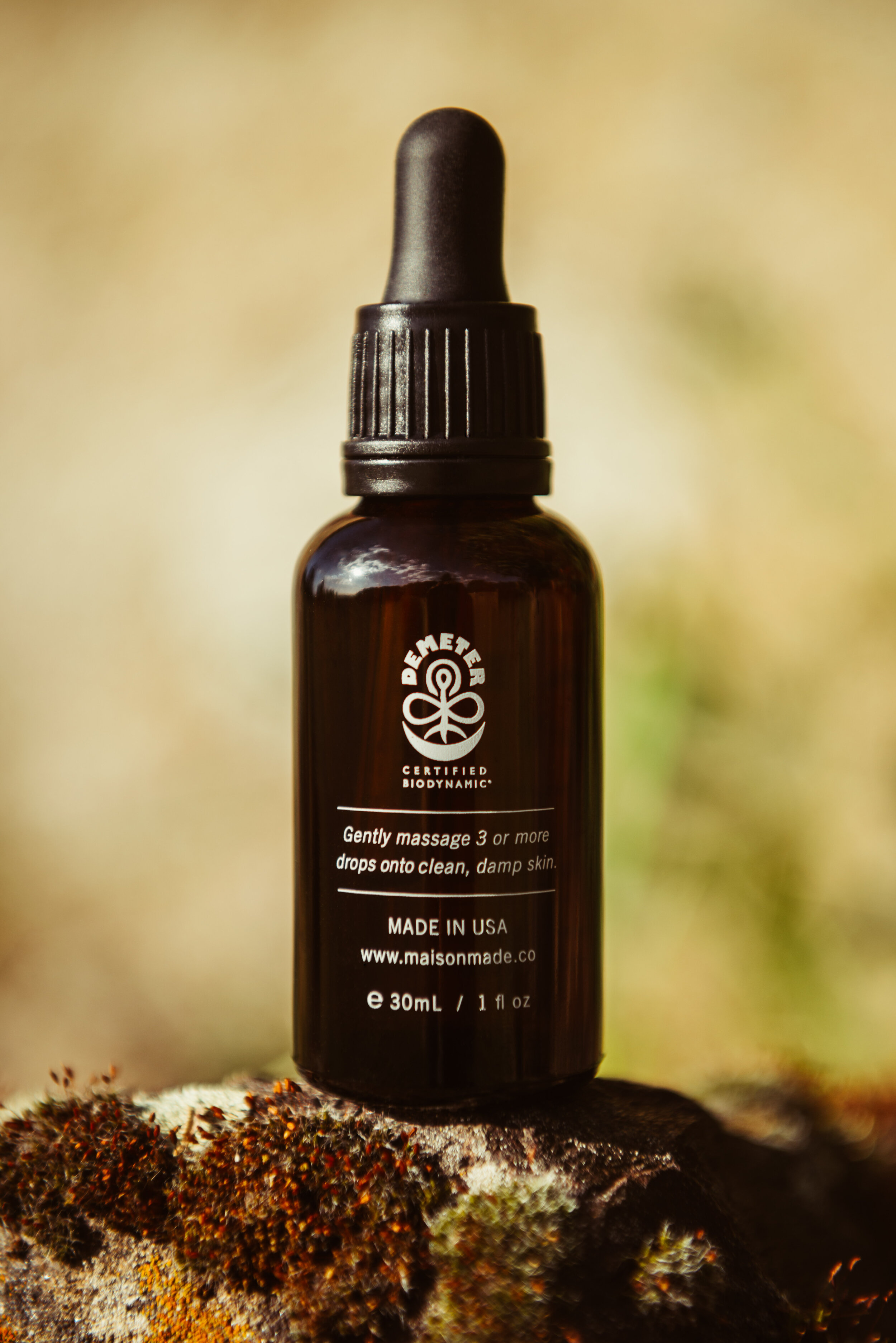Inside the Extrait de Maison Series - Part 3
Skin Compatibility and Sensitivity: Putting Maison/Made to the Test
In the U.S. lab testing of cosmetic products is not required. The only time a company will need to provide lab results is if medical claims are made, at which point they will also need to be reviewed and approved by the FDA. Otherwise, it’s an open field. Consumers essentially place their faith in cosmetic companies, trusting them to make the right decisions when it comes to the safety and efficacy of their ingredients and final products. While it is of course in the company’s best interest to provide quality products and avoid any litigious situations, nevertheless there may very well be a good amount of potential questionable cosmetic products on the U.S. market at any given time (Europe is a different story for another time).
Testing products is how we, skincare makers, ensure that the ingredients in our supply chain, and the synergies they create in the final product, are as safe and potent as we would like them to be. At Maison/Made we go beyond the best practices of standard safety trials, testing for antioxidant potential, fatty acid profiles, and skin compatibility and sensitivity trials in order to deliver a level of excess transparency and suitability. We do this so our customers can not only feel secure about purchasing our products, but also so they can determine if the product/s are suitable for their particular skin.
In Part 1 and Part 2 of our Inside the Extrait de Maison Series, we went into greater detail behind the antioxidant testing and fatty acid profile of the product. Here we will focus on the skin compatibility and sensitivity testing that the Extrait was exposed to. The reasoning behind this experiment was to assure that the high level of antioxidant potency we had created through the synergies of our ingredients would not affect the skin of those that typically have heightened sensitivities.
In order to validate the hypothesis that this was indeed not the case, we sent the Extrait to a lab where they gathered 20 participants between the ages of 20 and 56, male and female, who, under the supervision of a dermatologist, underwent what is called a Human Occlusive Patch Test. The Extrait is applied to a sticky patch, which is then administered to the skin of the participants and left on for 24 hours. After this time, the patch is removed and the dermatologist makes a visual assessment, which is then reassessed 24 hours after that (48 hours since application). The scoring is as follows:
This means that 0 is the most desired score since it indicates no evidence of skin sensitivity. And how did it go for our 20 participants? Well:
Perfect score! We suspected as much, but you never know. We wondered, could a potent level of antioxidants have any potential adverse reactions to people with sensitive skin? Scientifically no, but until you have the trial results in your hands, you can’t be 100% certain. Clearly we were thrilled to find that not only was this not the case, but also that there wasn’t any other surprise waiting for us at the end of the trial.
As mentioned above, trials like the one just described are by no means obligatory in order to sell a cosmetic product in the U.S., but we wanted the science to speak for itself. Yet, even if we hadn’t received an ideal score, we would have disclosed the information nonetheless because we want our customers to make informed decisions. We certainly wouldn’t want someone with sensitive skin to be disappointed after having purchased our product/s. We hope that our customers do use the information we provide when considering their next skincare purchase, and, of course, we hope they appreciate the lengths we go to to allow them to make that well-informed decision.
To see all our lab results, head to our Extrait de Maison product page and click on the Science tab underneath the description.







